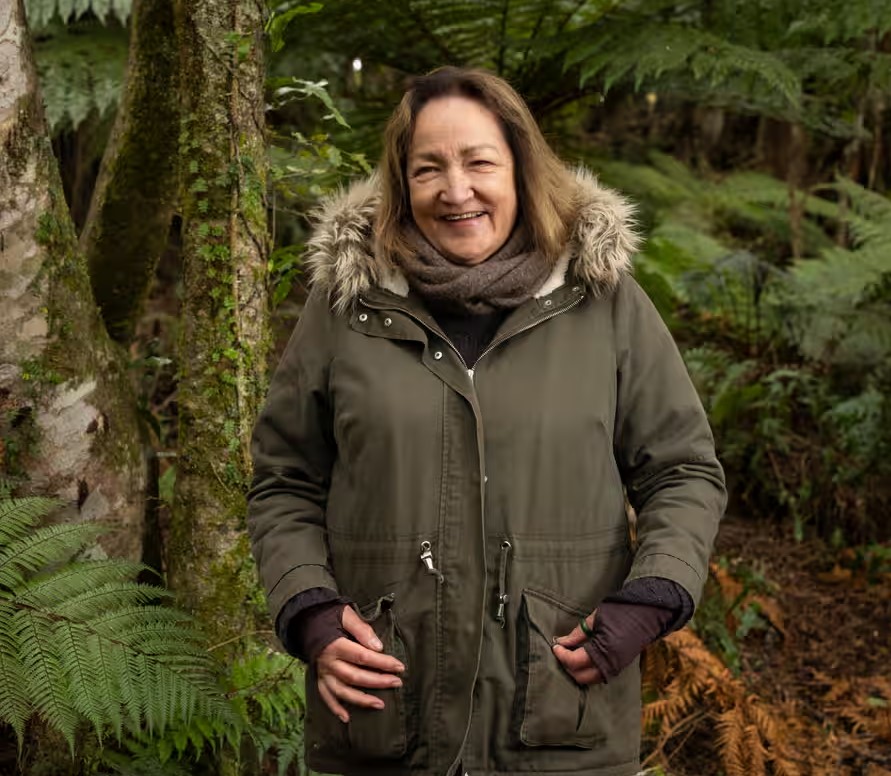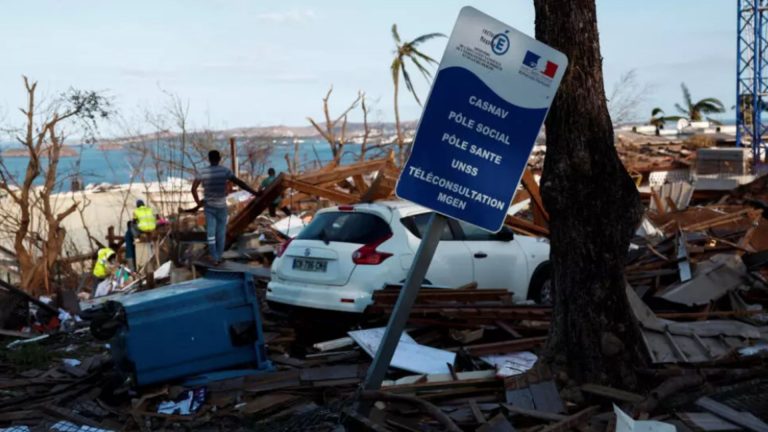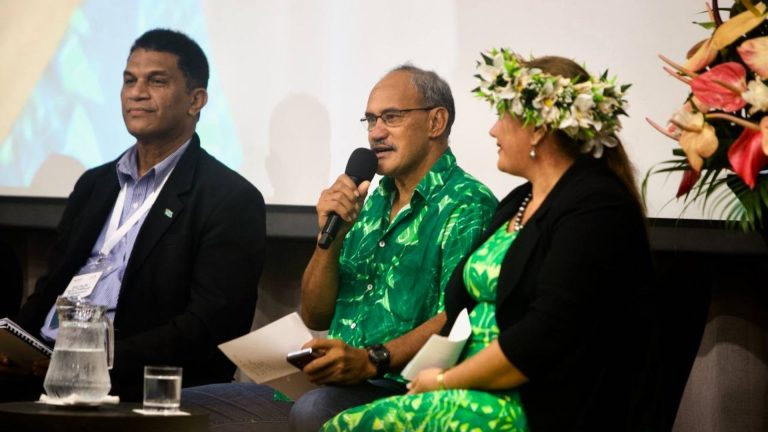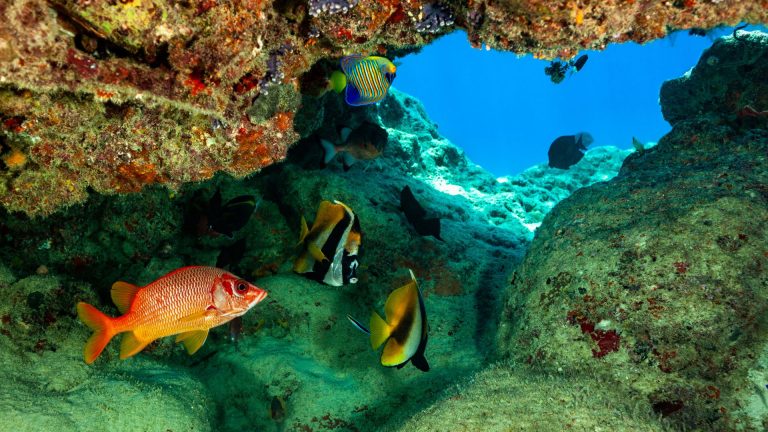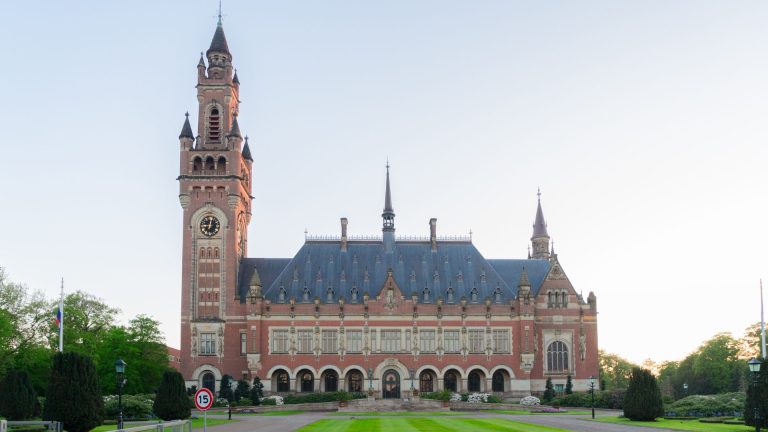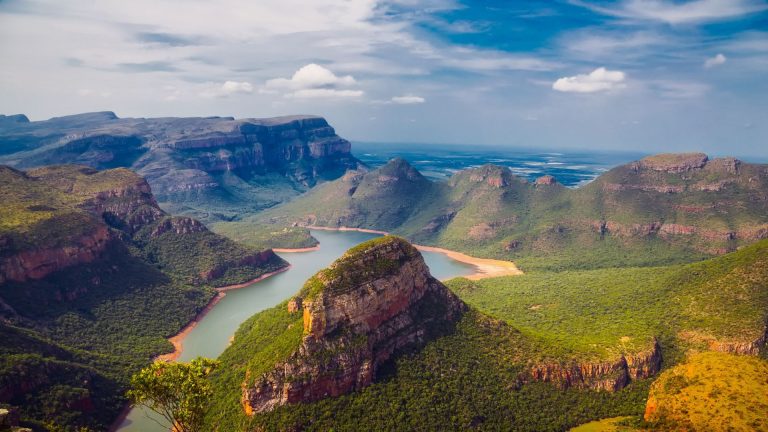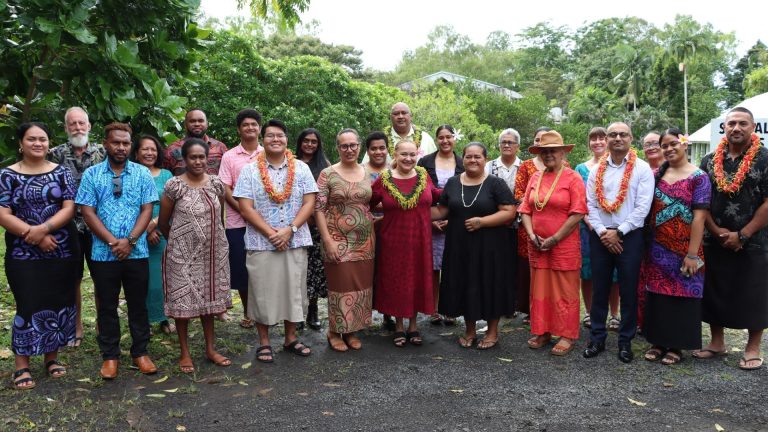Photo source: Derek Morrison/The Guardian. Retrieved from theguardian.com
Excerpt from theguardian.com
On a cloudy afternoon on New Zealand’s remote Stewart Island, Helen Cave is juggling multiple demands with aplomb: her latest haul of crayfish is due at the wharf, clients in China are phoning her about business and her grandson wants to take his new drone for a spin.
“I’ve always been a bit hyperactive,” she says, peering through her window overlooking Horseshoe Bay, where her cray boat is set to appear.
Later, she will drop in to the island’s only pub – the heart of the community – to check in with her staff.
It is a fairly normal day for Cave, who owns both the pub and the island’s only fish processing shed. She has been involved in a lengthy list of projects on the island in her 45 years living here: from the school, to running salmon and mussel farms, helping build the tiny airstrip and volunteering in community groups.
Cave’s multiple roles in the community while raising six children are impressive, but for women from Rakiura – the Māori name for the island – this is life as usual. Despite men outnumbering women on the island, a great many women are responsible for keeping the island running – a cultural phenomenon rooted in generations of history.

